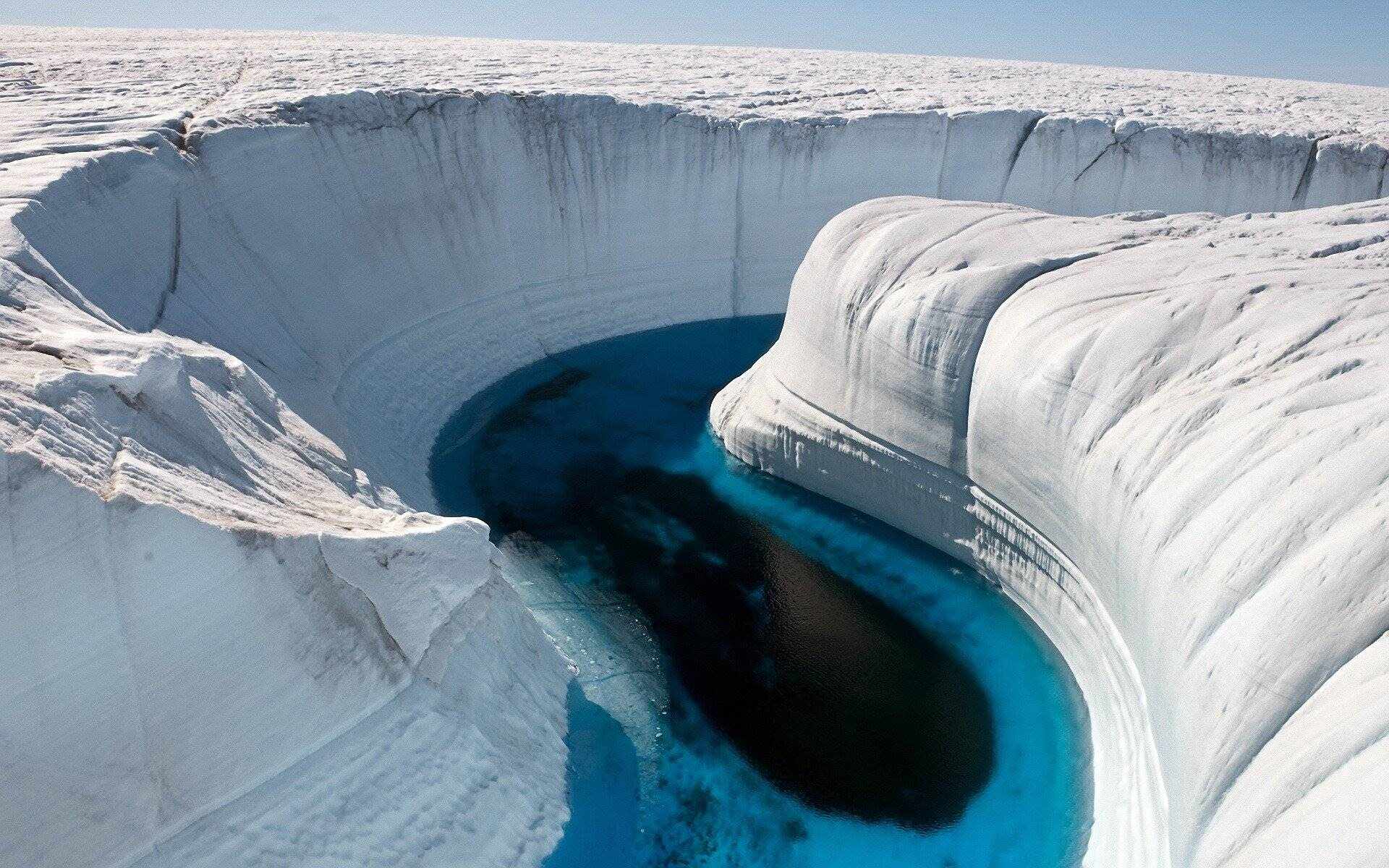
Ice is one of the most fascinating natural phenomena on Earth. From its glimmering beauty to its transformative properties, ice has captivated both scientists and nature enthusiasts for centuries. Whether you’ve marveled at the beauty of ice sculptures, enjoyed a refreshing icy beverage, or experienced the thrill of ice skating, there’s no denying the allure of this frozen wonder.
In this article, we will delve into 16 fascinating facts about ice. From its unique molecular structure to its role in shaping the Earth’s landscape, you’ll discover the many intriguing aspects of this natural form of water. So, grab a warm cup of tea, get cozy, and embark on a journey to unravel the mysteries of ice.
Key Takeaways:
- Ice is more than just frozen water – it shapes landscapes, preserves history, and even plays a role in the potential for extraterrestrial life!
- From preserving ancient artifacts to creating stunning natural phenomena, ice has a remarkable impact on our world and is crucial for the survival of many cold-adapted organisms.
Ice is a solid state of water.
Ice forms when water molecules freeze and come together in a crystalline structure. It is commonly found in frozen lakes, rivers, and glaciers.
Ice is less dense than liquid water.
When water freezes, it expands and becomes less dense. This is why ice floats on water bodies, such as lakes and oceans.
Ice can exist at different temperatures.
The freezing point of water is 0 degrees Celsius or 32 degrees Fahrenheit, but ice can exist at even lower temperatures, such as in extremely cold regions or in artificially controlled environments.
Ice is a powerful agent of erosion.
Glaciers, which are massive bodies of ice, can carve out valleys and reshape the landscape over thousands of years.
Ice has various crystalline structures.
Depending on the temperature and pressure, ice can form into different types of crystals, such as hexagonal ice and cubic ice.
Ice can preserve organic matter.
In frozen environments, like the Arctic or Antarctic, ice can preserve plants, animals, and even ancient human remains for thousands of years.
Ice is used for food preservation.
Ice is commonly used to keep perishable foods fresh and prevent bacterial growth. It is also used in the production of ice cream and frozen desserts.
Ice is crucial for winter sports.
Ice is the foundation for various winter activities, such as ice skating, ice hockey, and curling.
Ice can create breathtaking natural phenomena.
Ice formations like icebergs, ice caves, and icicles can create stunning landscapes and attract visitors from around the world.
Ice plays a role in the water cycle.
As snow and ice melt, they contribute to the replenishment of rivers and underground water sources.
Ice can preserve ancient climate records.
By studying ice cores extracted from glaciers and polar ice caps, scientists can gain insights into past climate conditions and atmospheric composition.
Ice can be used as a cooling agent.
Ice cubes or crushed ice are commonly used to chill beverages and lower body temperature in hot weather.
Ice can be transformed into intricate sculptures.
Ice sculptors create stunning works of art by carving and shaping blocks of ice.
Ice plays a critical role in the ecosystem.
Many cold-adapted organisms, such as polar bears and penguins, rely on ice for their survival and hunting activities.
Ice can be used to treat injuries.
Cold therapy with ice packs is commonly used to reduce inflammation, numb pain, and promote healing in case of injuries.
Ice can be found on other planets and moons.
Scientists have discovered ice on planets like Mars and moons like Enceladus and Europa, indicating the potential for extraterrestrial life.
Conclusion
In conclusion, ice is a fascinating natural phenomenon that has a significant impact on our planet and daily lives. From its unique structure and formation to its role in shaping landscapes and providing habitats for various species, ice holds many secrets waiting to be explored. Whether it’s the mesmerizing beauty of ice crystals, the importance of ice in the water cycle, or the thrill of winter sports on ice, there is no denying the wonder and significance of this frozen substance. So next time you see ice, take a moment to appreciate its remarkable qualities and the incredible ways in which it influences our world.
FAQs
1. How does ice form?
Ice forms when the temperature of water reaches or falls below 0 degrees Celsius (32 degrees Fahrenheit). At this point, the water molecules slow down and rearrange themselves into a hexagonal lattice structure, creating solid ice.
2. Are all ice crystals the same?
No, ice crystals can vary in shape and size depending on various factors such as temperature and humidity. They can form as simple hexagonal plates, needle-like columns, or intricate dendrites.
3. What is the role of ice in the water cycle?
Ice plays a crucial role in the water cycle. It acts as a storage form for water, especially in the polar regions where massive ice sheets exist. When the ice melts, it releases water into rivers, lakes, and oceans, replenishing the Earth’s water supply.
4. How does ice sculpt landscapes?
Ice has the power to shape landscapes through processes like glaciation and frost weathering. Glaciers erode the land beneath them, forming valleys and carving out distinctive features. Frost weathering occurs when water freezes and expands in cracks, breaking apart rocks and shaping cliffs and mountain peaks.
5. Can animals survive in icy habitats?
Yes, many animals have adapted to survive in icy habitats. Polar bears, penguins, and seals are some of the iconic species that have specialized adaptations to withstand extremely cold temperatures and navigate icy environments.
Was this page helpful?
Our commitment to delivering trustworthy and engaging content is at the heart of what we do. Each fact on our site is contributed by real users like you, bringing a wealth of diverse insights and information. To ensure the highest standards of accuracy and reliability, our dedicated editors meticulously review each submission. This process guarantees that the facts we share are not only fascinating but also credible. Trust in our commitment to quality and authenticity as you explore and learn with us.


